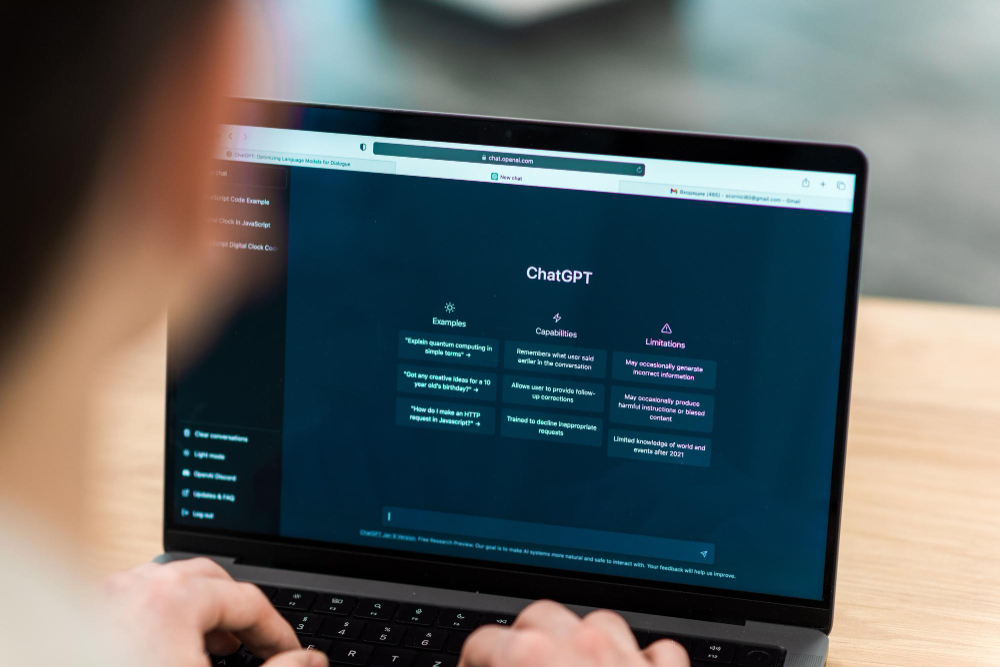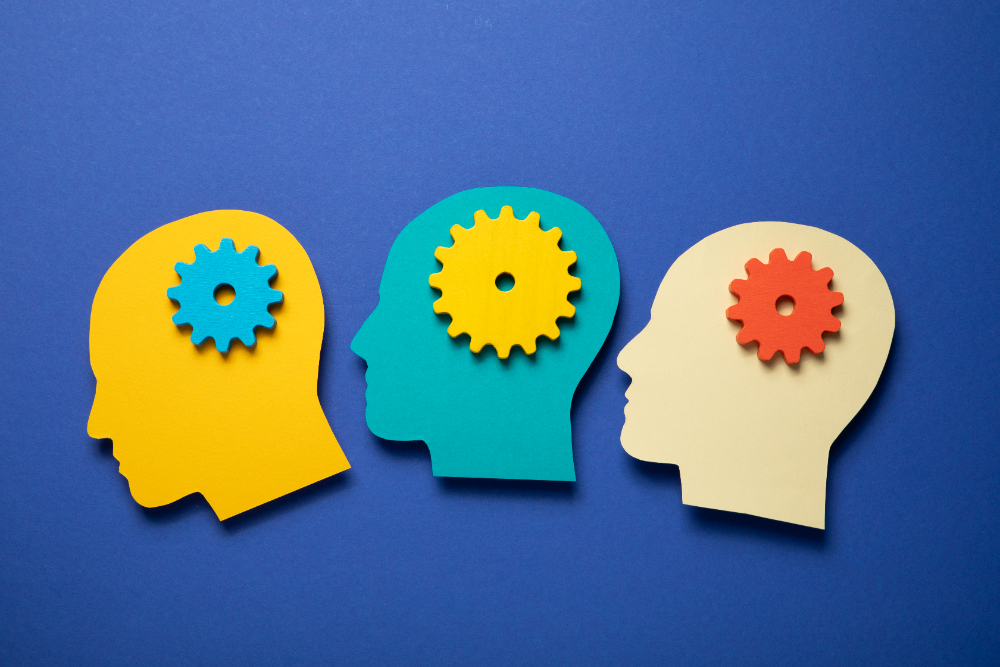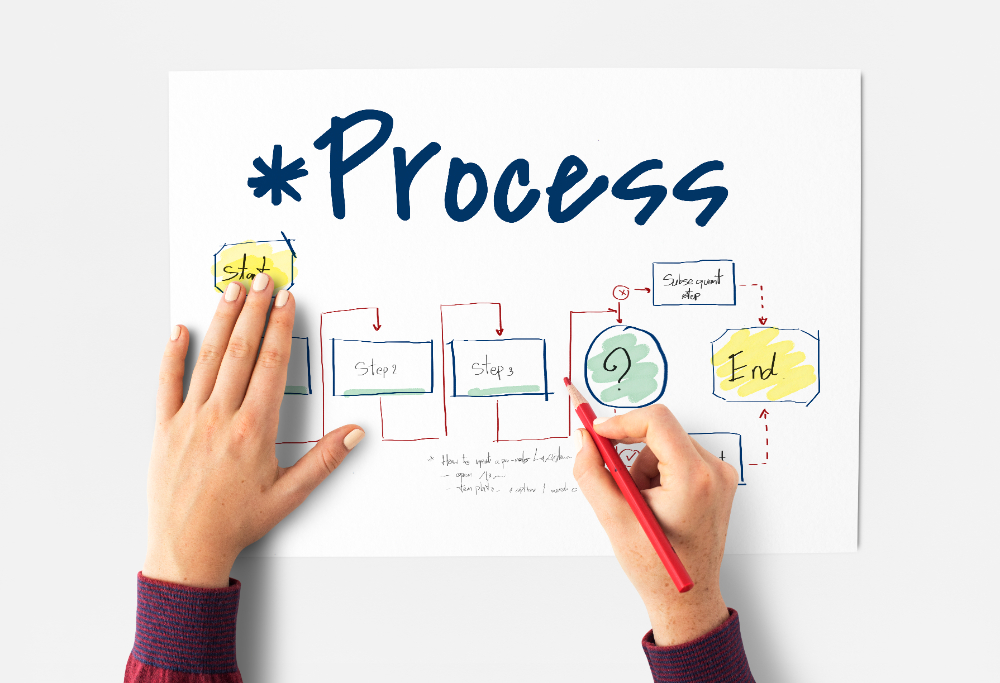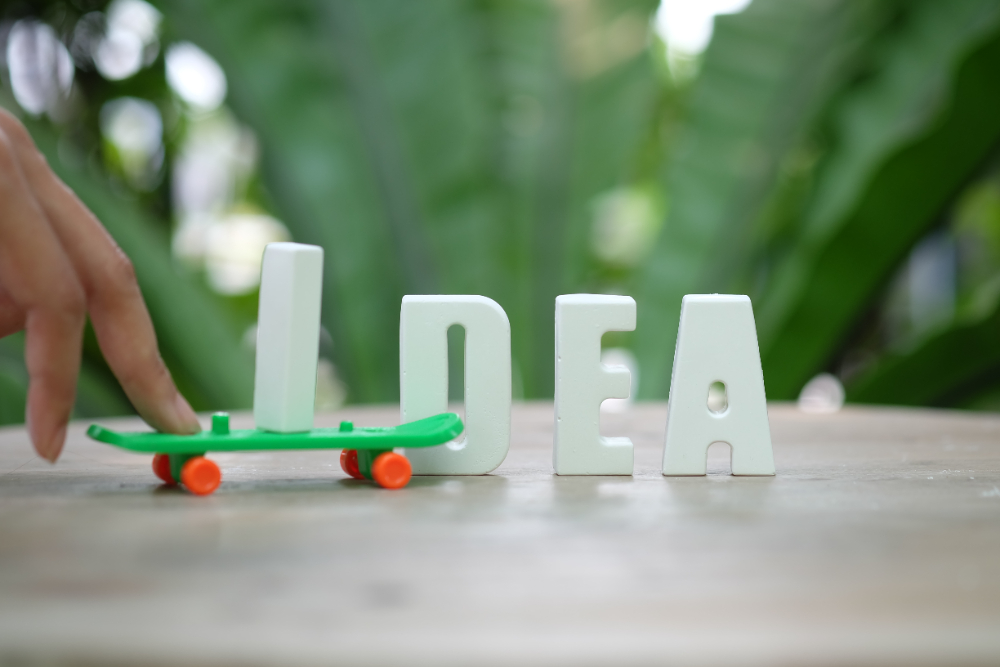Table of Contents
In your school days, you must have thought “What is the use of this concept?” with frustration. You may have felt overwhelmed when the teacher discusses any complicated concept in the classroom. You may feel anxious when the teacher initiates any critical discussion during the lecture. Dealing with these emotions intelligently is the root of social-emotional learning. AEI/Brookings working group has reported that the major educational and social reforms of Pre-K to 12 don't give sufficient importance to social-emotional learning despite its importance in education.
Now, the question is, what is the importance of social-emotional learning and how to apply it in the classroom? We are going to discuss it in this blog.
Understanding Social-Emotional Skills
An article on the Committee for Children's website states that social-emotional learning is the method of developing self-control, self-awareness and interpersonal skills that are crucial for school, work and life success. Dr Christina Cipriano further explains the importance of social-emotional learning by stating, “When students are struggling, and school performance is poor, they are more likely to find school and learning as a source of anxiety, manifesting in diminished self-efficacy, motivation, engagement, and connectedness with the school.”
So, social-emotional learning involves providing various tools, resources and knowledge to pupils that are necessary to build positive relationships, problem-solving skills and self-awareness abilities so that students can make intelligent decisions. The Collaborative for Academic, Social and Emotional Learning (CASEL) has divided social-emotional learning into five core areas for a better understanding of it. These five areas are:
Self-Awareness:
CASEL defines it as an ability to understand one's emotions, values and thoughts. A Landmark Outreach article says that this skill includes the ability of students to recognize their emotions and believe in their abilities. Moreover, they know their weaknesses, prejudiced thoughts and strengths in self-awareness. It facilitates personal growth too.
Self-Management:
CASEL defines this concept as the ability to manage emotions, thoughts and behaviors effectively in various situations. The primary skills associated with it are managing emotions, maintaining attention, setting goals, utilizing feedback and having resilience. It also includes the ability to make intelligent decisions that can benefit oneself and the people around them.
Social Awareness:
Social awareness skills can be understood by this famous quote: “Treat others the way you want to be treated.” It includes accepting diverse opinions and people of various cultures and backgrounds. In the classroom, there are students of different backgrounds, beliefs and cultures. So, accepting all of them and having equity in the classroom is social awareness.
Relationship Skills:
It is defined as building positive and strong relationships with people around us. It allows students to avoid negative peer pressure and thoughts. Moreover, it helps students collaborate and work in groups on different projects. It also builds the skill of leadership as it teaches students how to lead a group toward the right path and be willing to do social justice for them.
Responsible Decision-Making:
The final area is responsible decision-making. It includes making ethical and safe decisions while making sure that they positively impact oneself and the people around them. It allows students to evaluate their decisions to make sure it is leading toward the positive path.
Importance of Social-Emotional Learning in Education Environments
CASEL conducted and compiled research from various areas and found different positive impacts of social-emotional learning in the education field. They found that it enhances academic performance, decreases stress among students and improves classroom behavior. It also reduces poverty, boosts social mobility and decreases crimes when students move from academic to professional life. It also enhances performance in mathematics, reading and writing skills. Moreover, a report from the World Bank Group shows that 79 percent of employees believe that social-emotional learning is crucial for career success.
Another research found that students who participated in social-emotional learning (SEL) programs enhanced their academic performance and attendance by 11 percent. This is because it promotes a lot of positive attitudes in them such as empathy, managing stress and building positive relationships with adults and peers. Dr. Maggie Broderick who is an associate professor at the Stanford College of Education states that students remember and connect with those teachers who are emotionally and socially stable and help kids in learning about it. So, SEL programs build a positive and collaborative relationship between students and teachers.
Integrating Social-Emotional Learning (SEL) into Education
SEL skills can not be taught as a separate subject so these skills can be embedded into the classroom and curriculum in various ways. Schools and teachers should create unique curriculums that add different SEL activities in the classroom in different ways. Teachers can teach these skills through explicit instructions and guidelines in the homeroom. After that, they can give different activities to students so that they can practice those skills throughout the day. Durlak and his companions suggested four elements that should be a part of the SEL program in the classroom and in schools. These elements are:
Sequenced: Different sets of activities that are connected and focused on teaching specific skills.
Active: Active learning strategies such as group projects, play-based learning and open discussion to help students learn new skills.
Focused: Focusing on developing personal and social skills.
Explicit: They should target specific social and emotional skills in the classroom.
USAID says that social and emotional learning can be in formal or non-formal education programs that focus on students monitoring their emotions, showing empathy, achieving positive goals and establishing positive relationships. For this, teachers should embed different activities in the curriculum and classroom.
For example, they can give role-play activities to the students so that they can analyze any social issue and create a play on it. They can give different group projects where students collaborate to develop teamwork, empathy and tolerance. They can incorporate different reading materials related to SEL skills and knowledge in classrooms. This reading material can enhance their academic skills too. Teachers can give presentation projects related to different social issues. In it, students have to develop their opinions and thoughts about various issues.
Moreover, teachers can be a role model for pupils in the classroom. They should give student-centric instructions in the classroom that develop their relationship with the students and enable them to learn different skills from teachers. They should provide opportunities for students to share their voices and opinions in the classroom.
They should make sure that students retain attention during the lecture to foster feelings of responsibility and emotional maturity in them. For this, they can get help from different tech tools. For example, different IoT edge sensors can sense the mood of students during the lecture and can provide instant feedback to teachers. One example of it is myViewBoard Sens. Moreover, teachers can use multimedia in the classroom to show videos and podcasts to students about SEL. They can create stunning presentations with AI tools such as Pitch to grab the attention of students during the lecture. Moreover, there are different class management tools such as To-teach that teachers can use.
Case Studies and Success Stories
USAID commissioned NORC at the University of Chicago to conduct different SEL programs in eight undeveloped countries such as Pakistan, the Philippines, Bangladesh, Uganda etc. They conducted different SEL programs in the classroom and added them to the curriculum. For example, in Pakistan, they conducted the Pakistan Reading Project (PRP) from 2013 to 2020 in grade 1 and 2 students. The reading material enhances the reading skills of students while the material and discussion related to it were focused on community, respecting children with disabilities, happiness, sadness, accepting failures and gender equality. This program was part of formal education.
But, in Bangladesh, it was part of non-formal education. Their Early Childhood Development Mass Media activity focuses on 3-8-year-old kids. In 2017, the Sesame workshop used the Sesame play-based series to teach different social skills to kids in different regions. They incorporated different social themes in each episode and encouraged schools to implement play-based learning approaches to teach SEL skills to young kids. These programs proved to be good for the academic grades and social skills of kids of each age and level.
Conclusion
In short, SEL is a crucial skill that prepares students and kids for 21st-century challenges. So, every educational stakeholder should play a part in promoting these skills in the classroom and the lives of kids. Parents, NGOs and communities can promote informal SEL education while schools, libraries and teachers can promote formal education in the life of kids. So, every educational stakeholder should take part in promoting SEL skills in society.

































Comments are closed.